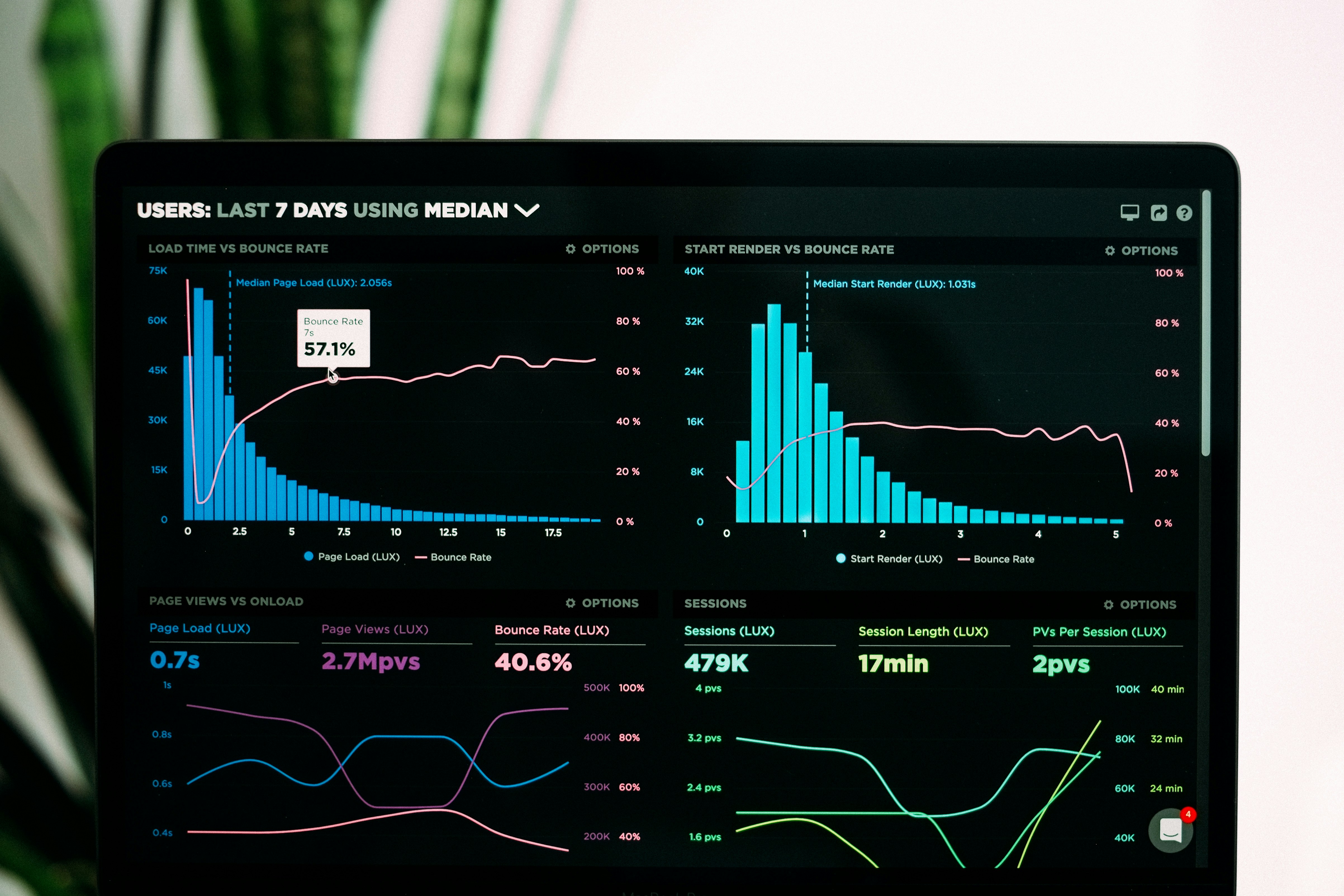Edited:
May 29, 2025
Read time:
6 mins at 200 wpm
TL;DR
Design dashboards that prioritize user needs, simplify complexity, and focus on key insights. Ensure responsiveness across devices and highlight essential data to support quick decision-making.
Sparked your interest? Read on.
Introduction
Dashboards are often the first screen users see—and first impressions count. Their main job? Summarize key data and tools in a way that enables fast, confident decisions. Whether it’s a product manager tracking KPIs or a customer checking account activity, users need information that’s easy to understand and act on.
Great dashboards simplify complexity. They turn raw, often scattered data into focused, actionable insights - often in real time
Why dashboards matter
Dashboards are often the first screen users see. Their job? Summarize the most important data and tools so users can make informed decisions quickly. Whether it’s a product manager checking KPIs (Key Performance Indicators) or a customer monitoring their account activity, users need clarity, not clutter.
A good dashboard simplifies complexity. It transforms raw data into digestible, actionable insights - often pulling from multiple sources in real time. This not only helps users process information faster, but also supports better decision-making.
Types of dashboards
Here are the three most common dashboard types and when to use each:
1. Operational dashboards
Think of Google Analytics. These show what’s happening right now—real-time stats like active users or traffic sources. Prioritize critical info and place it where the eye naturally lands first (top-left area).
2. Analytical dashboards
Designed to spot trends and compare performance over time. These dashboards are ideal for digging into patterns or anomalies. They tend to be data-dense and benefit from multiple ways to slice and explore the data.
3. Strategic dashboards
Used for high-level, long-term decision-making. These track KPIs like quarterly revenue or retention metrics. The focus here is clarity and alignment with business goals, not overwhelming detail.
Dashboards design best practices
Let’s explore practical tips to make your dashboard both functional and beautiful.
Start with the User
Before you design a single chart, ask: Who is this for? Use personas to understand:
What information they expect
Their level of tech fluency
Which device they’ll use
The context they’ll be viewing the dashboard in
Avoid dashboards that force users to do mental math. Let the numbers speak for themselves.
Focus on the 5 key takeaways
If your users could only take away five things, what would they be? Prioritize those. Then, apply common viewing patterns like the F or Z-pattern layouts to guide how users scan the screen.
Use comparisons and context
Don’t just show numbers - make them meaningful. A sales number alone is useful, but a comparison to a previous period makes it actionable. Use ratios or deltas to add context.
Make It Responsive
Users expect dashboards to work seamlessly across devices. A responsive design lets them explore the same data without frustration, whether they’re on a laptop or mobile.
Highlight What Matters
Lead with big, bold numbers. Strip away the noise and give your users the highlights first—then let them dive deeper if needed.
Nail the information architecture
How you structure the cards matters. Use layout patterns intentionally. Group related data, and keep the most important blocks above the fold. A few well-placed cards (typically no more than six) are more effective than a dozen crowded widgets.
These is by no means everything you need to master dashboard design, but it’ll head-start your process.
Final thoughts
Dashboards are everywhere - from mobile apps to enterprise tools - helping users cut through noise and focus on what matters. To design one that truly works, don’t guess. Refer to your user personas to understand what your audience needs to see, and how they expect to see it.
Clarity is the goal. When done right, dashboards don’t just display data - they support decisions.
